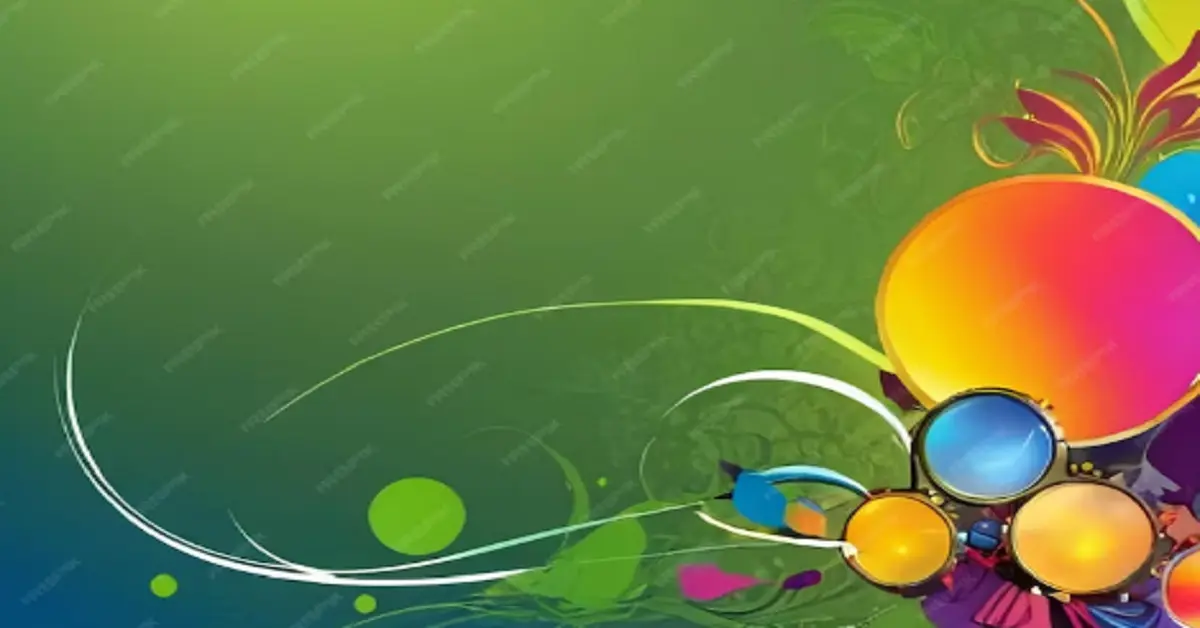Exploring Modern Web Design Background Styles

Introduction
In the digital realm, the design of backgrounds on websites has transcended mere aesthetic appeal to become a powerful tool for conveying brand identity, guiding user attention, and enhancing user experience. This article delves into the evolution of background styles in modern web design:5exwzo_yaxi= background, exploring their significance, historical development, current trends, psychological impacts, best practices, future directions, and practical applications through case studies and expert insights.
Understanding the Importance of Background Design
The background of a website serves as its canvas, setting the tone for the entire user interaction. It influences how content is perceived, guides navigation, and reinforces brand messaging. Understanding its role is crucial for crafting compelling digital experiences.
2. Historical Evolution of Background Styles
2.1 Early Web Design Trends
In the early days of the internet, websites featured basic design:5exwzo_yaxi= background such as solid colors or tiled images. These designs were functional rather than aesthetic, focusing primarily on readability and accessibility.
2.2 Introduction of CSS for Backgrounds
With the advent of CSS (Cascading Style Sheets), web designers gained more control over background styling. This era saw experimentation with textures, patterns, and more sophisticated color schemes.
2.3 Rise of Minimalism and Flat Design
The shift towards minimalism and flat design brought about cleaner backgrounds, often using solid colors or subtle gradients. This trend aimed to streamline user interfaces while emphasizing content.
3. Types of Backgrounds in Modern Web Design
3.1 Solid Color Backgrounds
Solid color backgrounds are timeless and versatile, offering clarity and contrast to foreground elements. They are popular in minimalist designs and for highlighting specific content areas.
3.2 Image-Based Backgrounds
Images can evoke emotions, tell stories, and enhance brand identity. Modern web design utilizes large, high-resolution images as backgrounds to create immersive experiences.
3.3 Gradient Backgrounds
Gradients add depth and visual interest to backgrounds. They can subtly guide the user’s eye, create a sense of dimension, and complement the overall color scheme of a website.
3.4 Video Backgrounds
Video backgrounds bring websites to life by adding motion and interactivity. They are effective in capturing attention, conveying atmosphere, and showcasing dynamic content.
4. Psychological Impact of Background Design
4.1 Color Psychology in Backgrounds
Colors evoke psychological responses and can influence user behavior. Background colors should align with brand identity and evoke the desired emotional response from visitors.
4.2 Visual Hierarchy and Backgrounds
Well-designed backgrounds enhance visual hierarchy by guiding users’ focus towards key elements. They improve readability and ensure important content stands out effectively.
5. Best Practices for Choosing Backgrounds
5.1 Considering Accessibility
Accessible backgrounds ensure readability for all users, including those with visual impairments. Contrast ratios and color combinations should meet accessibility standards.
5.2 Responsiveness and Scalability
Backgrounds should adapt seamlessly across devices and screen sizes. Responsive design ensures a consistent user experience without compromising visual appeal.
6. Future Trends in Background Design
The future of background design may include advancements in interactive backgrounds, personalized user experiences through AI, and more innovative use of multimedia elements.
7. Case Studies: Successful Implementation of Background Styles
7.1 E-commerce Websites
Successful e-commerce websites use background design:5exwzo_yaxi= background to create immersive shopping experiences, enhance product visibility, and establish brand trust.
7.2 Portfolio Websites
Portfolio websites utilize background styles to showcase creativity, highlight works effectively, and leave a lasting impression on potential clients and employers.
8. Challenges and Solutions in Background Design
Designers face challenges such as maintaining performance optimization while incorporating rich background elements. Solutions involve optimizing file sizes, leveraging caching techniques, and prioritizing content loading.
9. Tools and Resources for Background Design
Various tools like Adobe Photoshop, Canva, and CSS gradient generators simplify background design:5exwzo_yaxi= background. Online resources and tutorials help designers stay updated on latest trends and techniques.
10. Conclusion
In conclusion, design:5exwzo_yaxi= background is a pivotal aspect of modern web design, influencing aesthetics, usability, and brand perception. By understanding its evolution, embracing current trends, and anticipating future innovations, designers can create compelling digital experiences that resonate with users and achieve business objectives.